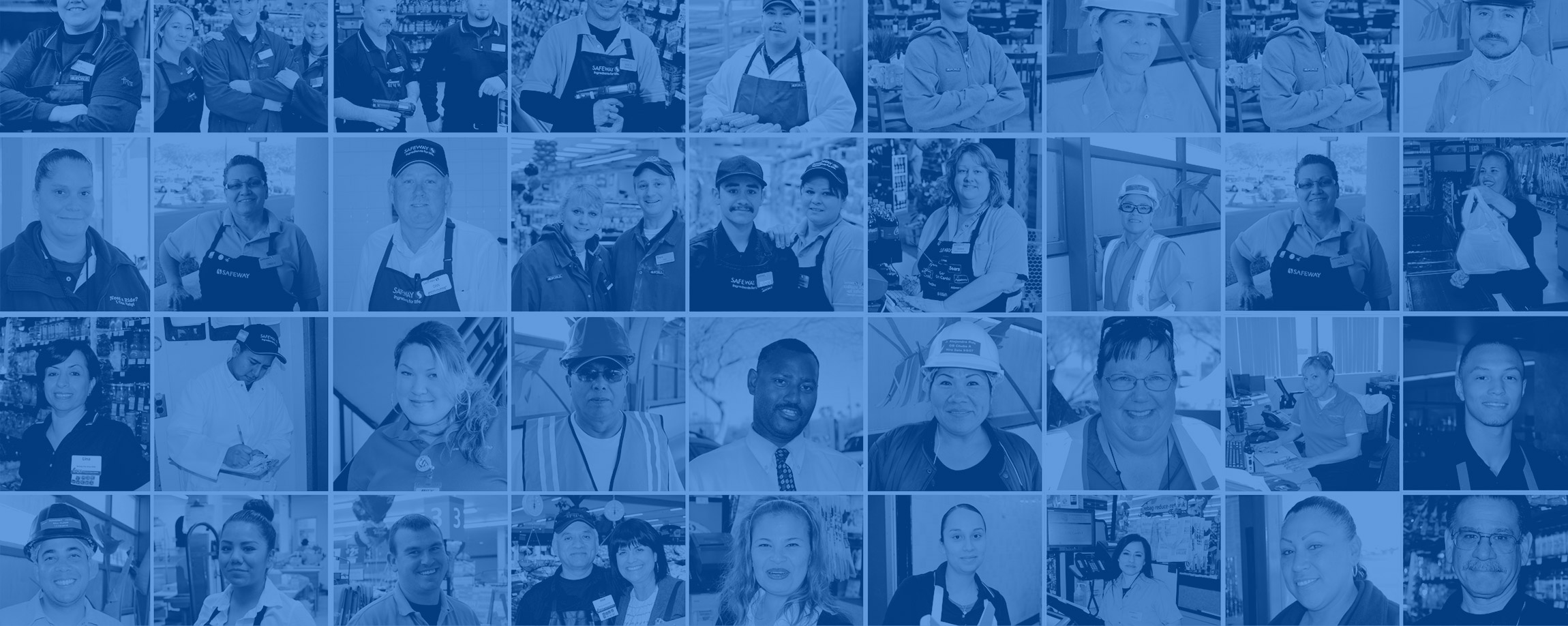Source: Forbes
Mass market grocery has a curious relationship with food access. On the one hand, grocers are among the largest donors to food aid organizations and help make SNAP benefits possible for millions. On the other hand, food insecurity, driven by low wages and precarity, is growing among grocery workers. Is food insecurity 2022’s biggest grocery trend?
The USDA defines food insecurity as a household-level economic and social condition of limited or uncertain access to adequate food, leading to hunger. According to a recent survey commissioned by UFCW, over three quarters of Kroger workers are food insecure. Kroger is the country’s largest full service grocery chain, with 10% market share and operating over 2700 stores and dozens of banners. The company earned $132 Billion in annual sales and $2.5 Billion in net income in 2021, on relatively slim 23% gross margins. Adjusted for inflation, since 2010, sales have grown by 36%, and net income by over 100%. Yet hourly wages have dipped 3-5% in value in that timeframe, with average wages under $30,000 a year.
